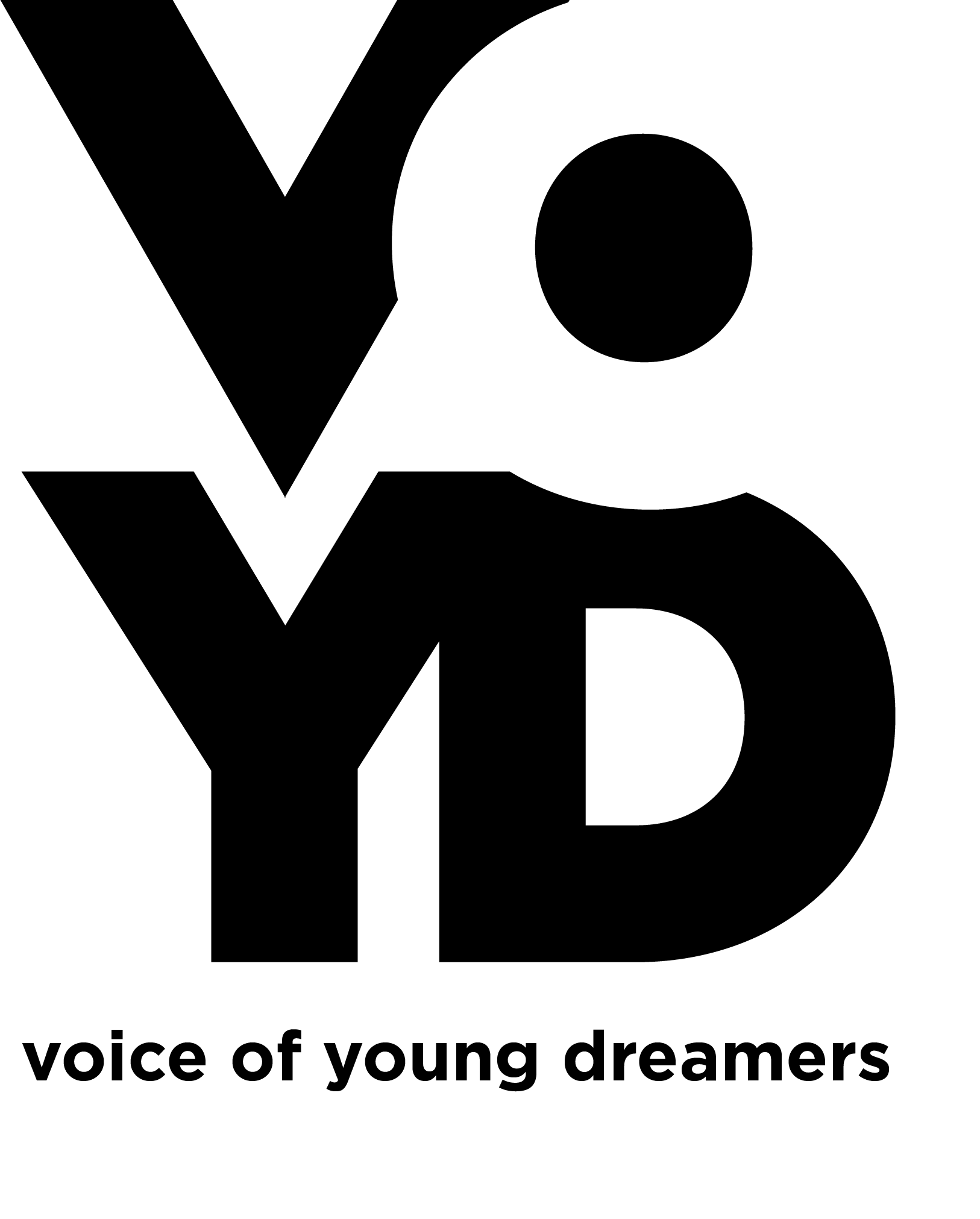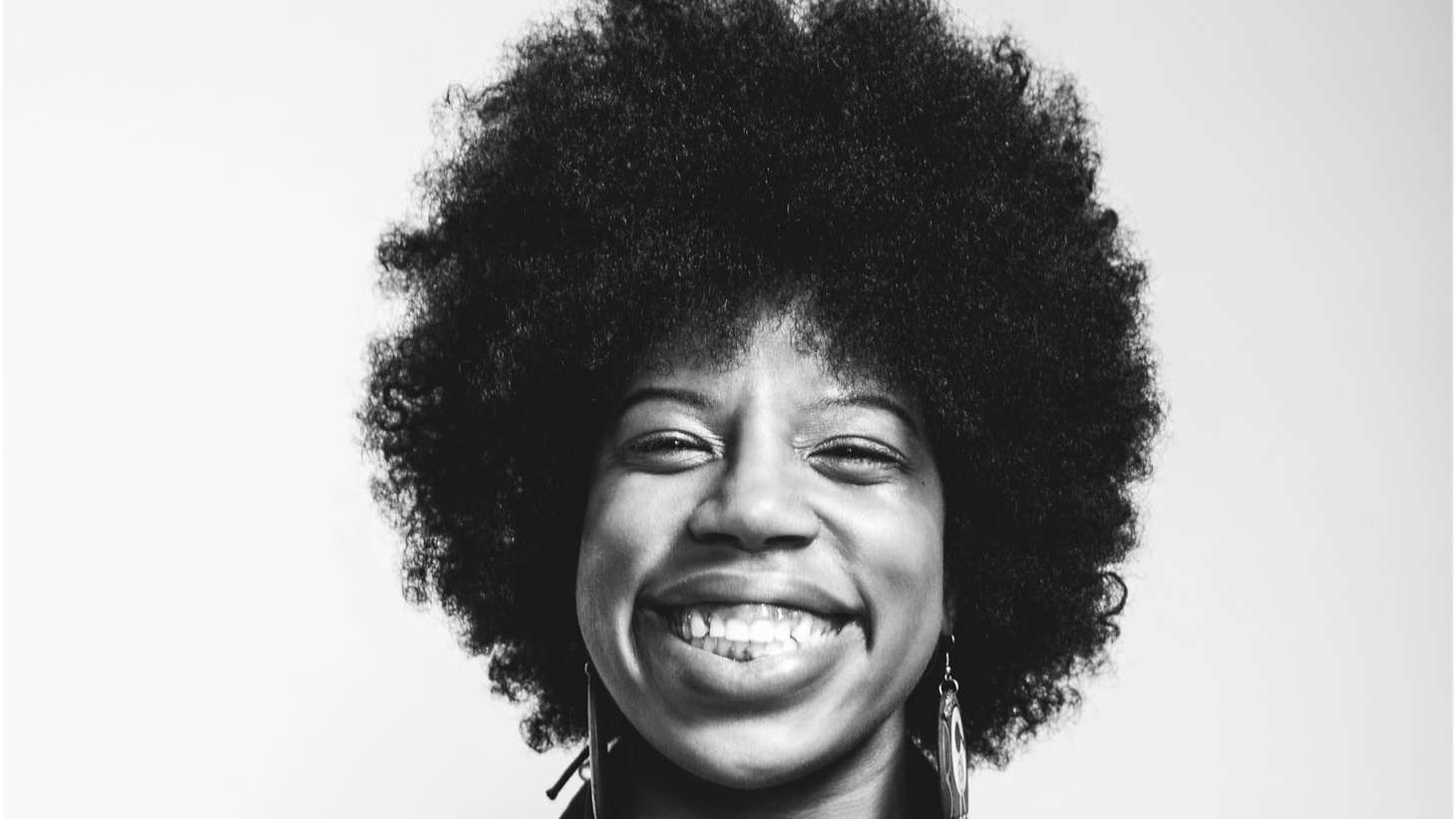Revolution in 808s: Young Artist Are Using Music to Protest, Heal, and Organize

In every revolution, there’s a rhythm. Today, it pulses through the 808s of bedroom studios, underground stages, and protest rallies across the globe. Music has always been a tool for resistance—but for the new generation of multicultural youth, it’s also a blueprint for healing, building solidarity, and reimagining the world. What we’re witnessing is not just a musical shift—it’s a movement.
Protest in the Pulse
From Lagos to Los Angeles, music is fueling dissent. Take Nigeria’s #EndSARS movement, where artists like Falz, Burna Boy, and Rema turned their platforms into megaphones against police brutality. Falz’s “Johnny” became an anthem of mourning and fury, while Burna Boy’s Twice As Tall echoed themes of resistance and self-empowerment rooted in Pan-African pride.
In the U.S., artists like Noname, J. Cole, and Little Simz are crafting sharp lyrical critiques of capitalism, racial injustice, and systemic oppression. Their verses function as truth-telling—less commercial product, more communal reckoning. Noname’s Song 33 was a raw callout, not just of violence, but of silence.
Meanwhile, in Palestine, hip-hop crews like DAM are creating politically charged music that navigates state violence, occupation, and cultural erasure. Their lyrics—written in Arabic and laced with traditional instrumentation and trap elements—are defiant and deeply rooted in place.
Sound as Sanctuary
Resistance isn’t just rage. For many young artists, sound becomes a sanctuary—a space for communal healing and emotional survival.
Queer and trans artists of color are especially pushing these boundaries. Arca, Moor Mother, and Shygirl create soundscapes that defy genre and gender, rejecting binary expectations. Their work feels like sonic world-building, where marginalized identities are included, centered, and exalted.
In Colombia, artists like Lido Pimienta use experimental pop and Afro-Indigenous rhythms to tell stories of exile, ancestry, and survival. Her 2020 album Miss Colombia is a stunning example of how diasporic identities can converge through sound, blending cumbia, electronics, and political poetry.
Organizing Through Audio
It’s more than protest songs—it’s an ecosystem. Platforms like Bandcamp, which waive fees for artists on certain days, have become vital spaces for youth organizing around music and mutual aid. In 2020, thousands of independent artists donated proceeds from their work to bail funds, grassroots organizations, and direct action campaigns.
In India, hip-hop collectives like Swadesi tackle environmental destruction, caste discrimination, and Indigenous rights while performing in multiple regional languages. Their track “The Warli Revolt” is a multilingual anthem of Indigenous resistance to land theft and environmental exploitation.
In Brazil, Afro-futurist baile funk artists like Karol Conká and MC Carol confront misogyny, racism, and poverty through hard-hitting anthems that turn dance floors into spaces of resistance.
The Beat Goes On
What sets this moment apart isn’t just the music—it’s the mobilization. Young artists aren’t waiting for gatekeepers. They’re creating community-powered ecosystems where art meets action. Livestreams become fundraisers. Albums become manifestos. Sound becomes strategy.
This is the revolution in 808s.
It’s loud.
It’s global.
It’s personal.
And it’s just getting started.





